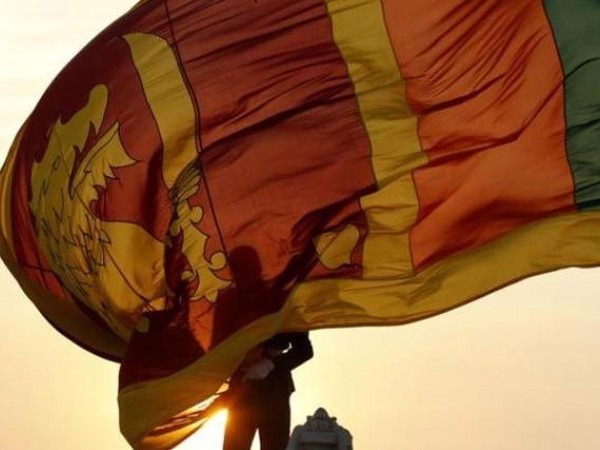The onset of Covid and the consequent collapse of the tourism sector are considered to be the immediate reasons for Sri Lankan economic woes. The economic crisis, being the worst in decades, has put the country on hold in every sense.
As per the South Asian Tribune, in the past, under Mahinda Rajapaksa’s presidency in 2005, the government had aspired to turn Sri Lanka into another Singapore by constructing state-of-the-art infrastructure and ports. But the allure of Chinese loans dashed any such hope, and today Sri Lanka is hard-pressed to repay loans to the tune of $45 billion, out of which it owes China $8 billion, almost one-sixth of its total external debt. And to make matters worse, China has refused to offer any concessions in debt repayment.
After the flagship China-Pakistan Economic Corridor, Chinese investments in Sri Lanka were another jewel in the crown of the Belt and Road Initiative (BRI). But few years down the line, these investments have become a perfect example of how large investments can go wrong for a host country. These have converted Sri Lanka into a debt-ridden economy, saddled with many unviable projects and there is no political will to take on the Chinese malevolence, reports stated.
Sri Lanka’s economy has been in a free fall since the COVID-19 pandemic due to the crash of the tourism sector and its currency has been devalued by almost SLR 90 against the US dollar since March 8, as the country’s central bank attempts to stabilise the economy. The country’s foreign reserves have dried up and the country is facing a severe shortage of fuel and other essential commodities.
In an instance earlier, emerging from the ravages of the civil war in 2009, Sri Lanka was eager to revive its economy. Beijing, capitalising on its military assistance to Colombo, quickly moved to grab this opportunity. Between 2005 and 2017, China provided Sri Lanka with economic assistance worth $15 billion, including a host of infrastructure projects. Financing for most of these projects came with typical characteristics of Chinese investment: high-interest loans, Chinese contractors, Chinese labour and Chinese technology. As a result, China emerged as a top source of Sri Lanka’s imports, with Chinese debt and equity funding for more than 50 projects, reported the South Asian Tribune.
Reports further claimed that the allure of Chinese investments waned quickly and China’s commercial loans with high-interest rates caused a debt trap for Sri Lanka, with its foreign debt rising from 36 per cent of GDP in 2010 to 94 per cent in 2017. As a result, Colombo had to take the help of the International Monetary Fund (IMF) to repay those loans.
While Sri Lanka’s debt to China may account for only 10 per cent of the total debt, it is the unreported loan, over-the-top loan for repayment of the existing loan cycle, and the mortgage clauses that have wreaked havoc. Consequently, as per the IMF, Sri Lanka’s debt to GDP ratio increased from 94 per cent in 2019 to 119 per cent in 2021. The pandemic lockdowns and the closure of international borders also contributed to the collapse of the domestic tourism sector, depriving Colombo of precious foreign exchange.
The loss of foreign exchange also meant it diminished the island nation’s capacity to import food and fuel–two basic requirements and the shortage of which has caused angry locals to come on the streets demanding relief. The protests are taking place in every nook and corner of the nation from small streets, and apartment complexes, to multiple areas around the country against the ongoing crisis.
As expected, China has washed off its hands of Sri Lanka’s economic crisis. It has conveniently blamed the West and Sri Lanka’s financial mismanagement, denouncing the latter for its weak economic foundation, lack of self-sustaining economy, excessive borrowing habit, and poor planning.China has always kept its interests at the forefront and used the small nations as its pawn, be it Sri Lanka or the Maldives. Beijing is known for selling a dream of a fast-growing economy and then trapping these countries into debt diplomacy.For the sake of economic development, depending on China could be a miserable option for any country, and the latest examples of it, are Pakistan and Sri Lanka which have been facing a dire financial crisis at present, according to reports.

